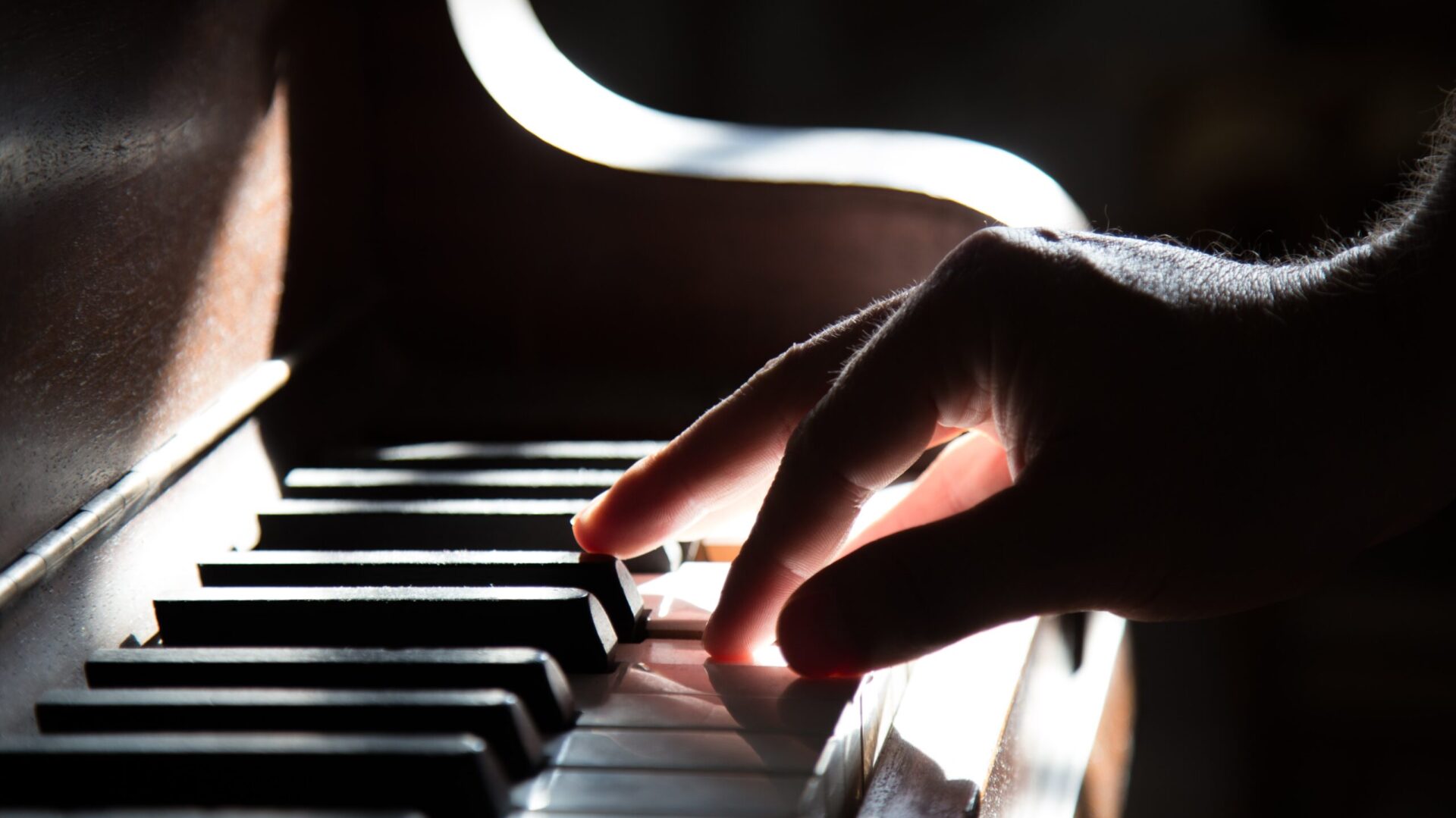Music therapy is a therapeutic discipline that harnesses music’s profound impact to foster physical, emotional, cognitive, and social wellness. It is practiced by qualified music therapists who collaborate with individuals or groups, focusing on their specific needs and objectives.
This form of therapy encompasses a variety of activities, such as singing, playing instruments, listening to music, composing, and engaging in movement to music. Each musical activity is meticulously crafted by the therapist to align with the client’s personal goals and requirements.
Proven to be effective across diverse environments—ranging from hospitals and schools to mental health clinics and rehabilitation centres—music therapy addresses a multitude of issues. These include, but are not limited to, autism, dementia, developmental disorders, chronic pain, and depression. The overarching aim of music therapy is to enhance life quality for both individuals and communities, empowering them to realise their utmost potential through the medium of music.
Music therapy can be used in :
- Aged Care/ Palliative Care
- Hospital/ Day program
- Disability Centre
- Mental Health
- Rehabilitation
- Special Education/ School/ Early Intervention
- Refugees

Australia Music Therapy Association (AMTA)
An individual who practices as a Registered Music Therapist (RMT) in Australia is registered with the Australia Music Therapy Association Inc (AMTA Inc) and is required to adhere to the Code of Professional Conduct and Ethics set forth by the organization. RMTs possess advanced musical skills and are well-versed in various musical styles. In addition, they have a comprehensive understanding of human development, disabilities, illnesses, and medical conditions.
RMTs use their knowledge and skills to design musical activities that are tailored to meet the individual needs of their clients. These activities are structured in a way that helps clients achieve non-musical goals, such as improving physical or emotional well-being. To learn more about AMTA and its guidelines, please visit the organisation’s website www.austmta.org.au.
Nordoff-Robbins Music Therapy, also known as Creative Music Therapy, is a pioneering approach developed by Paul Nordoff and Clive Robbins in the 1960s and 1970s. This method is built on the belief that everyone possesses an innate musicality that can be tapped into to facilitate personal growth and healing. At the heart of this therapeutic practice is the use of live, improvised music to forge a deep connection between the therapist and the client, fostering an environment of active engagement, interaction, and communication through music.
In Nordoff-Robbins sessions, the therapist works with the client to set and refine therapeutic objectives, utilising regular video and/or audio recordings of sessions to monitor progress and evaluate the effectiveness of the therapy. This approach not only supports the client’s journey towards achieving their potential but also strengthens their capacity for expression and interaction in a profoundly musical way. For more information, please visit https://www.noro.org.au/.
